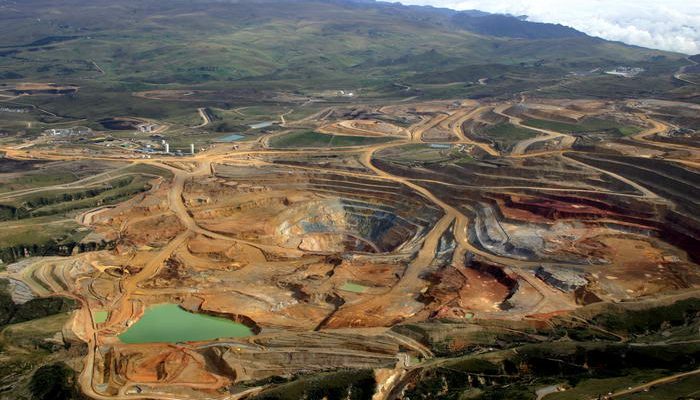Gold, the precious metal that has been a symbol of wealth and power for millennia, is mined by a handful of powerful companies that dominate the global gold mining industry. In this captivating article, we’ll delve into the world of these 10 influential companies, responsible for mining a staggering 90% of the world’s gold. From their impressive operations to their impact on the global economy, we’ll unearth the secrets behind their success. So, grab your hard hat and join us on this journey into the golden world of these mining titans!
10 – Boddington, Australia
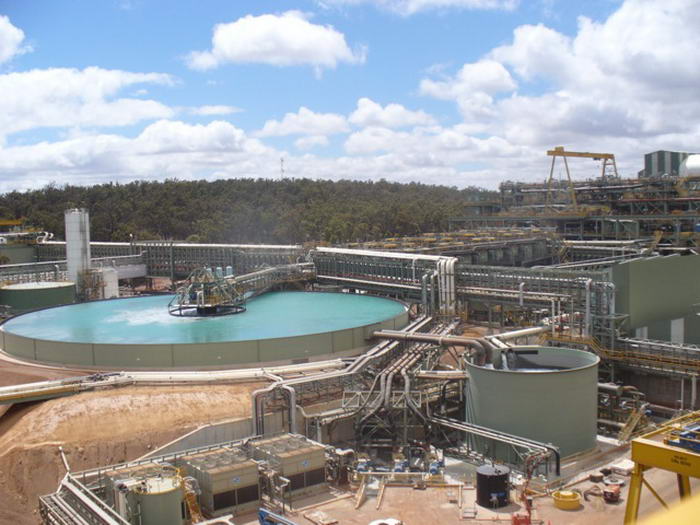
Operations at the Boddington Gold Mine began in 1987 as a joint venture of Normandy Mining (44.44%), Acacia Resources (33.33%), and Newcrest Mining (22.23%). Production ended in 2001, when the known oxide ore resource had been processed. In 2005, Newmont bought out Newcrest’s 22% of ownership. In 2009, Newmont bought Acacia’s 33%, giving the company a controlling interest in the Boddington Gold Mine. Production began the next year, quickly placing Boddington on the Top 10 list of top gold producing mines.
That completes the list of the top 10 gold mines in the world. As you can see, the list provides a glimpse of an ever-changing gold extraction industry.
09 – Veladero, Argentina
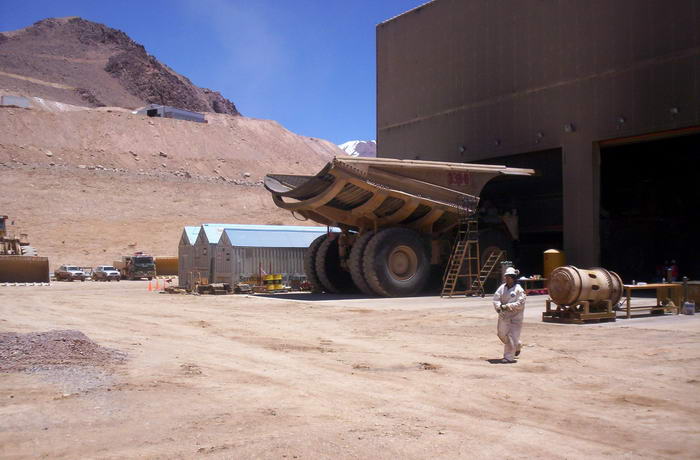
In 2007, Barrick Gold installed a wind turbine at Veladero, so it holds the record for having the world’s highest-altitude wind turbine at 4200 feet above sea level. The nearby Pascua-Lama Project is located 25% in Argentina and 75% in Chile, where the mining operation has received criticism. The mines are near glaciers and Chilean activists complain about the operation’s effects on the environment.
08 – Olimpiada, Russia
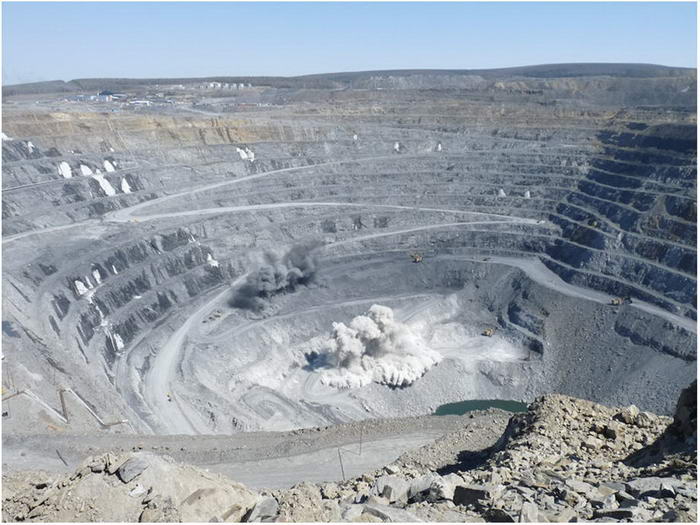
Olimpiada is the largest mine owned by Polyus Gold, Russia’s largest gold mining corporation. Olimpiada is located near Krasnoyarsk Krai, the third-largest city in Siberia. It has estimated resources of 47.37 million and reserves of 30.01 million ounces of gold. In 2014, Olimpiada produced 727 thousand ounces of gold. To treat its sulphide ores, Olimpiada uses BIONORD, its proprietary bio-oxidation technology.
Polyus Gold holds the estimate of being the 8th-largest gold producer in the world. It is thought to have 90 million ounces of provable gold deposits spread over 5 mining operations in Siberia and the Russian Far East. Polyus Gold is the largest gold mining corporation listed on the London Stock Exchange (PGIL).
Polyus Gold’s owner is Suleyman Kerimov, the enigmatic Russian investor who has not granted an interview in over 20 years, according to Forbes. Mr. Kerimov made his fortune in the Russian oil industry, but began to delve into the gold and silver industries in 2005, when he bought JCS Polymetal. Polyus Gold’s current CEO is German Pikhoya, and the company headquarters are in Moscow.
07 – Cortez, United States
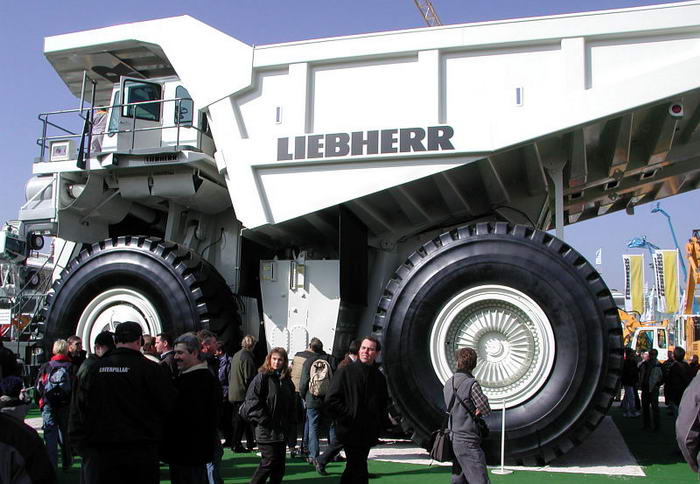
The Cortez Gold Mine exists in Lander and Eureka Counties in Nevada. The open-pit and underground mining complex is located about 75 miles southwest of Elko. The entire complex includes the Cortez Hills underground deposit, as well as the Pipeline and South Pipeline open-pit deposits.
Barrick Gold owns the company, which maintains its headquarters in Toronto, Ontario, Canada.
06 – Goldstrike, United States
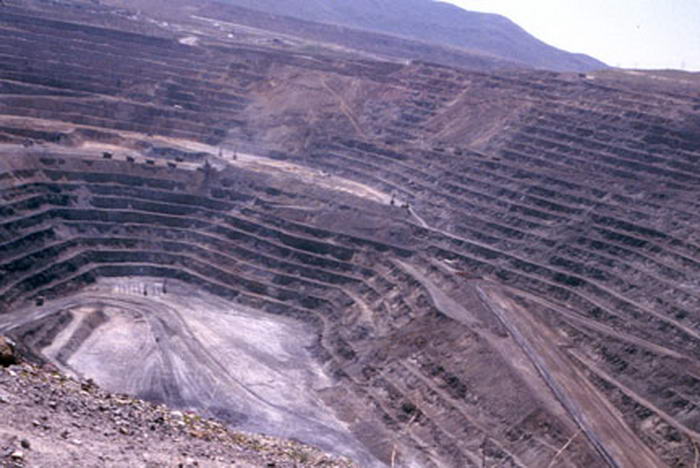
Goldstrike is owned by Barrick Gold, which acquired the deposit in 1987. Previously, the mine was owned by Western State Minerals Corporation and PanCana, which held it as a joint venture since 1978. Barrick Gold bought out the joint venture in 1987, the year mining began.
The mine consists of three operations. One is the Betze-Post open-pit mine. The other two mines are the Meikle and Rodeo mines, which are both underground. Goldstrike showed 1% growth from 2013 to 2014.
05 – Carlin Trend, United States
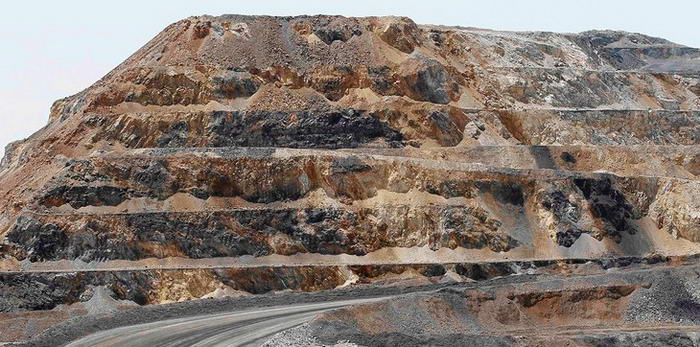
Carlin Trend in the United States is owned by Newmont, too. It is located in Nevada and includes open-pit mining and underground mining. The Gold Quarry contributed the majority of the 2014 yield of 907 thousand ounces of gold. That represented a decline from 1 million ounces in 2013.
The Carlin Trend is a 5-mile by 40-mile belt of gold deposits near Carlin, Nevada. Gold was discovered in the area in the 1870s. Due to the harsh conditions of the region, very little gold was produced there until 1909. Even until 1964, only about 22,000 ounces had been produced. From 1964 to 2008, the Carlin Trend produced 70 million ounces of gold, worth about $85 billion.
04 – Yanacocha, Peru
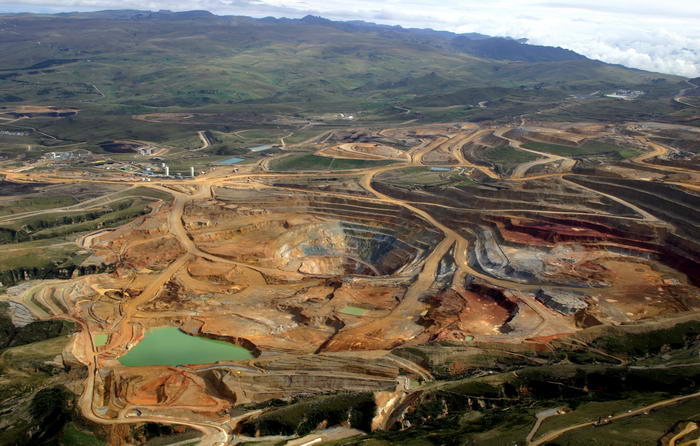
Yanacocha’s majority owner is Newmont Mining Corporation (51%), a Colorado-based mining firm which is the second largest gold-mining firm in the world. The Peruvian company, Buenaventura, owns 44% of the mine. The World Bank Group’s International Finance Corporation owns the remaining 5%.
03 – Pueblo Viejo, Dominican Republic
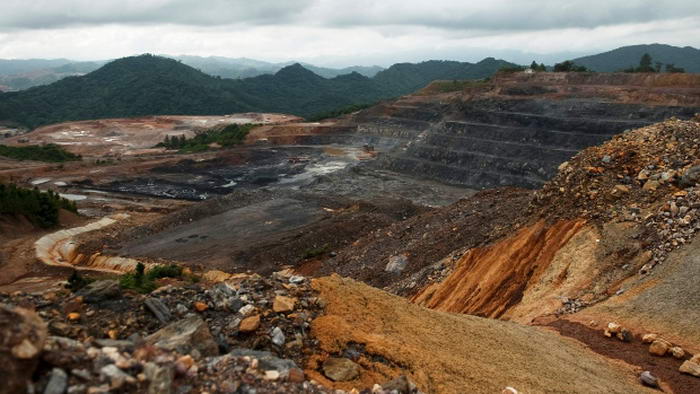
Pueblo Viejo is only slightly behind Grasberg. In 2014, the mine produced 1.108 million ounces of gold. Pueblo Viejo is brand new mining operation, as it was founded in 2012 as a joint venture of Barrick (60%) and Goldcorp (40%). The mine is thought to have significant reserves, so it should remain a vital source of gold for decades to come.
Pueblo Viejo is a small town on the southern coast of the Dominican Republic, located about 60 miles from Santo Domingo. Barrick’s operation is the latest in a series of projects on the site. The state-owned corporation Rosario Dominicana began mining the area in 1975, producing 5 million ounces of silver and gold over the next 16 years.
Canada-based Placer Dome won a 33-year contract to exploit the mine in 2001. Barrick Gold, the largest gold mine corporation in the world, bought Placer Dome in 2006 and founded a corporation to mine in the Dominican in 2009.
02 – Grasberg, Indonesia
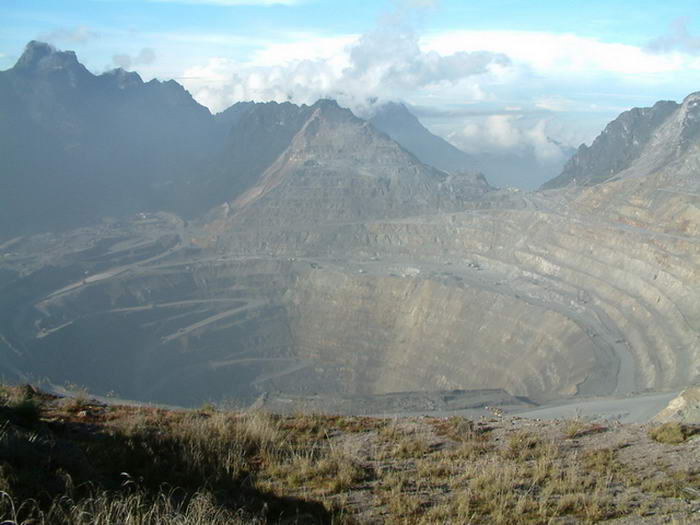
At present, Grasberg is an open-mine pit, but it is transitioning into a high-grade underground block caving operation by the end of 2017. In 2014, Grasberg produces 1.1 million ounces of gold.
The owner of Grasberg is Freeport-McMoRan, which owns 90.64% and employs 19,500 employees. The Indonesia government owns the remaining 9.36% of the mine. The Grasberg Mine is located near Puncak Jaya in Indonesian New Guinea. Puncak Jaya is the highest mountain in Papua, and therefore extraction is a particularly laborious process.
Dutch geologist Jean Jacques Dozy discovered the mine in 1936, though it was not until 1960 that George Mealey (Freeport-McMoRan CEO) and Forbes Wilson mounted an expedition to prove its value. When Indonesia gained independence in 1963, Grasberg became the first mine opened by the Suharto government.
01 – Muruntau, Uzbekistan
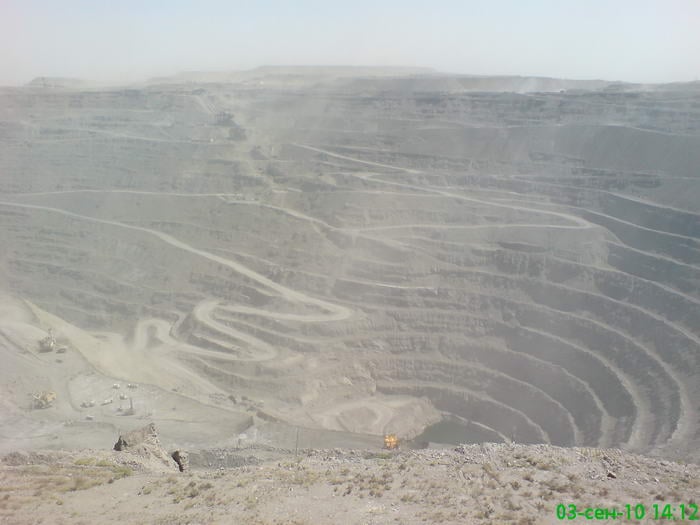
Muruntau is owned by Navoi Mining and Metellurgical Combinant, which is owned by the state of Uzbekistan. The division of Navoi Mining which handles the Muruntau deposit is the Central Mining Administration (CMA), which was founded in 1964 as a part of the Soviet Union’s gold mining operations. Navoi commissioned the world’s biggest BIOX plant to deal with the depletion of oxide reserves.
We’ve journeyed into the world of gold mining and explored the 10 most important companies that mine a colossal 90% of the world’s gold. These powerful corporations have left an indelible mark on the global economy and have played a significant role in shaping the gold mining industry. As we’ve seen, their operations and investments span continents and influence countless lives. As the quest for gold continues, these companies are sure to remain at the forefront of this ever-evolving industry, forever changing the way we think about the precious metal.
FAQs:
Q: How does gold mining impact the global economy?
A: Gold mining contributes to economic growth, job creation, and the development of infrastructure in mining countries. It also influences gold prices worldwide.
Q: What are gold mining stocks?
A: Gold mining stocks are shares in companies engaged in the exploration, extraction, and processing of gold. These stocks offer investors exposure to the gold market without the need to own physical gold.
Q: What are the environmental concerns of gold mining?
A: Gold mining can have significant environmental impacts, such as deforestation, habitat destruction, and pollution from mining waste. Responsible mining practices are essential to minimize these effects.
Q: How is gold extracted from the earth?
A: Gold is primarily extracted through open-pit or underground mining. The ore is then processed to extract the gold, typically using cyanide leaching or other chemical methods.


